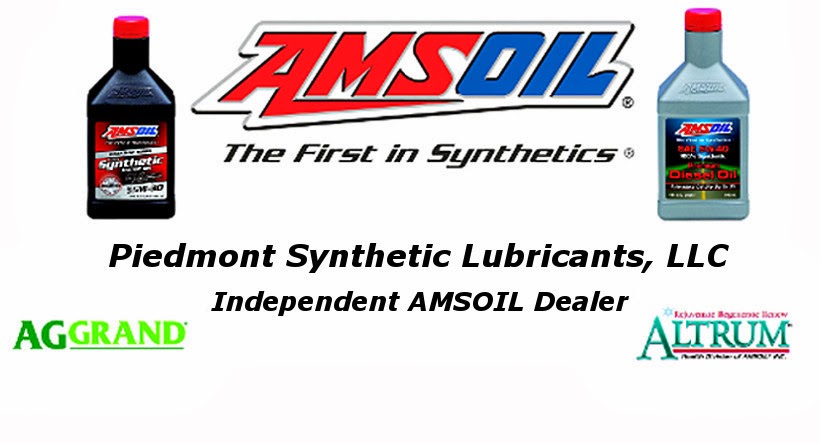Few debates among bikers can match the intensity of that over what motor oil is the best. Criticizing someone's choice of oil usually sparks a chain reaction of spirited defenses of particular brands and types of oil, specifically conventional versus synthetic. Just look at some of the threads on motorcycle forums and you'll see the passion on full display.
What are the differences between conventional and synthetic motorcycle oil (or any motor oil for that matter)? In short, it's the quality of the ingredients. Both oils contain two basic components: base oils and additives. Base oil quality determines a number of key performance properties, including the ability to resist chemical breakdown, heat resistance, viscosity retention (the ability to resist thinning) and pour point (how fluid the oil is at low temperatures). The goal in manufacturing base oils is a molecularly uniform, pure substance since inconsistencies and impurities limit performance. Additives in the final formulation offer specific performance features not provided by base oils, like the ability to resist corrosion that may form when bikes are in storage.
The base oils used in conventional oils are anything but uniform and pure. They are refined from crude oil pumped from within the earth. Crude oil itself is a poor lubricant; it’s a thick, messy, foul-smelling raw material teeming with molecules of different weights. Sulfur, paraffin (wax), nitrogen, oxygen and nickel are just some of the molecules in crude harmful to the lubricating process. Paraffin, for example, thickens as the temperature drops, inhibiting the oil’s ability to quickly flow to critical engine parts at start-up. Impurities cause the oil to breakdown (oxidize) requiring it to be changed.
Although the refining process used to manufacture conventional base oils removes some of the molecular inconsistencies and impurities, it can’t get them all, resulting in reduced performance. For example, their ability to resist heat suffers. The oil can volatilize, or literally boil off, especially in high-displacement, air-cooled bikes operating at the height of summer. The elevated heat results in evaporation, causing the oil level to drop. Some of the oil exits the exhaust pipe as emissions; some vaporizes into harmful deposits that form on critical engine parts, like the spark plugs, piston crowns and exhaust valves. In a matter of time, poor performance can set in, resulting in reduced efficiency and difficult starts.
Just as problematic, conventional oils are more prone to losing viscosity due to mechanical shear. Viscosity is one of the most important features of oil, and the engine is designed to run on oil with a specific viscosity. The churning action of high-rpm engine parts and transmission gears, coupled with elevated heat, can literally tear apart, or shear, the molecular structure of the oil, particularly the unstable molecules in conventional oils. As a result, the oil loses viscosity and becomes thinner, compromising wear protection.
In contrast, the chemical reaction process used to manufacture synthetic base oils produces molecularly uniform, pure base oils. Synthetics demonstrate increased resistance to heat and mechanical shear compared to their conventional counterparts. By engineering lubricants with synthetic base oils that contain uniform molecules and no impurities, manufacturers can tailor their formulations to address the problems posed by powerful, hot-running bikes, like high heat and mechanical shear. The end product simply performs better.
As bike manufacturers continue squeezing the greatest amount of power and efficiency out of smaller engines, the challenges of elevated heat and shearing conditions will only worsen. Not only that, but what biker doesn’t want more power and maximum fuel efficiency? Synthetics’ uniformity reduces friction compared to conventional oils, often resulting in a slight bump in horsepower and fuel economy.
Conventional oils are limited in the level of performance they can provide. For that matter, so are synthetic blend oils, which combine an undisclosed percentage of synthetic base oils with conventional base oils. AMSOIL Synthetic Motorcycle Oils represent one of the least expensive long-term investments bikers can make in the performance and longevity of their motorcycles.
AMSOIL Synthetic Motorcycle Oils provide maximum wear protection in the most demanding operating conditions. Long rides in hot weather can cause inferior oils to lose viscosity. The thinner oil fails to protect bearings and other critical components from wear. As indicated by the test results below, each viscosity of AMSOIL Synthetic Motorcycle Oil exceeds either the standards of their viscosities for high-temperature film strength or that of the competition to deliver exceptional wear protection. Higher values reflect better film strength.



AMSOIL 20W-50 Synthetic Motorcycle Oil is recommended for Harley-Davidson®, Buell®,
KTM®, Ducati®, BMW®, Aprilia® and Triumph® motorcycle engines, transmissions and primary chaincases.
AMSOIL 10W-40 Synthetic Motorcycle Oil is recommended for Honda®, Kawasaki®, Yamaha®, Suzuki®, Victory®, BMW® and Husqvarna® motorcycle engines and transmissions.
AMSOIL 10W-30 Synthetic Motorcycle Oil is recommended for Honda, Yamaha, Suzuki and Kawasaki motorcycle and scooter engines and transmissions.
AMSOIL SAE 60 Synthetic Motorcycle Oil is recommended for early-model air-cooled V-Twin engines where a 60-weight motor oil is specified. SAE 60 motor oils are commonly used in Harley-Davidson Knucklehead, Panhead, Shovelhead and big-bore motorcycles.
Harley-Davidson/AMSOIL Oil Chart: http://www.amsoil.com/products/streetbikes/oil_chart.aspx.





No comments:
Post a Comment